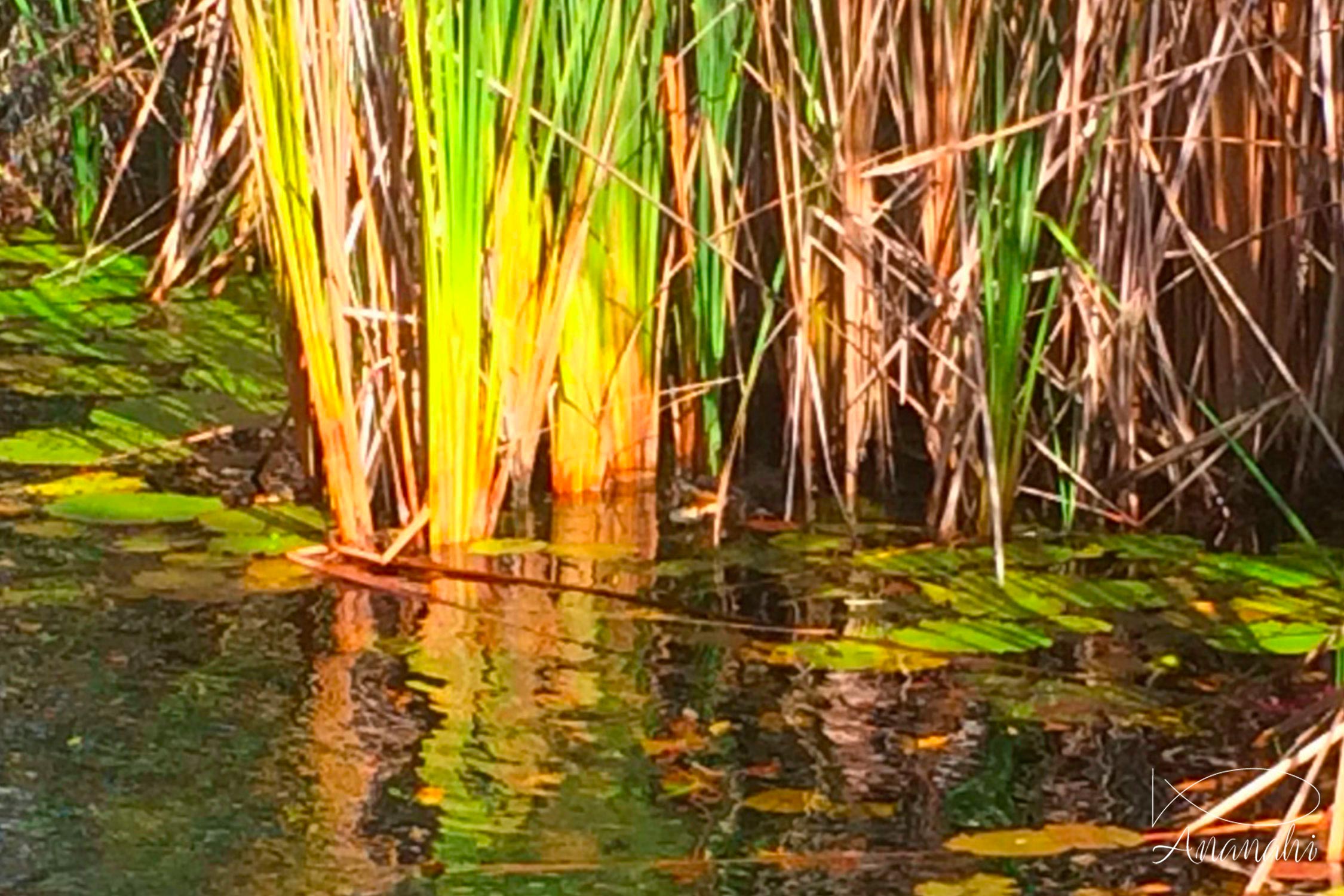
Scientific name: Crocodylus acutus
Size: Adult up to 240 inches, juvenile 39 to 78 inches
Color: Green and brown
Distinguishing feature: Sharp muzzle (scutus), a hump between the eyes and nostrils. The juvenile has a green color with dark bands on the back and tail.
Where did we see it: Mexico

Scientific name: Crocodylus acutus
Size: Adult up to 240 inches, juvenile 39 to 78 inches
Color: Green and brown
Distinguishing feature: Sharp muzzle (scutus), a hump between the eyes and nostrils. The juvenile has a green color with dark bands on the back and tail.
Where did we see it: Mexico
This species of crocodile can live between 70 and 100 years, it has the largest distribution in the world, although it is generally found in Central America.
The crocodile eats birds, fish or turtles. It is more in cold-blooded animal, which does not eat often (it can also not eat for months in winter). It feeds more in the evening than during the day.
It is not a sea crocodile, it is found mainly in fresh water, we saw it in a mangrove near a Cenote.
There have been attacks on the man, but these are numerous, following the recommendations, it is possible to dive with this animal.
The kakihona sushi (sushi wrapped in persimmon leaves) are really the best!
To eat them, you have to go to Nara!
We can hear the bull shark is very dangerous because of attacks near La Réunion island.
However, tens of them are living at 600 feet from the famous beach of Playa Del Carmen in Mexico. And there are no attacks.
Turtles are in economy mode when they are sleeping. If they are woken during night, they may not have enough air to return to surface.
So, please be careful during night dives!